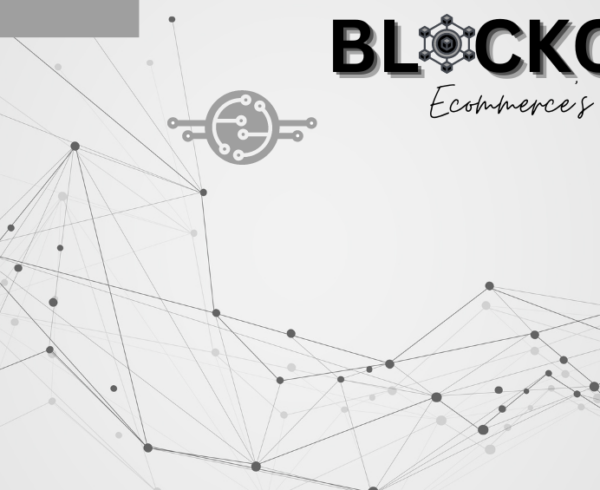Welcome to the world of cybersecurity, where technology brings both convenience and risks. In this fast-paced digital age, we’re constantly connected online, whether it’s through our smartphones, computers, or other devices. While this connectivity offers us endless opportunities and benefits, it also exposes us to various online threats that can compromise our personal information and security.
But fear not! Despite these risks, there are steps we can take to protect ourselves and stay safe online. By learning about the latest threats and understanding how they operate, we can become more vigilant and better equipped to defend against them. So, join us on this journey as we explore the ever-changing landscape of cybersecurity and discover practical tips and strategies to safeguard our digital lives. Together, we can navigate the digital world with confidence and peace of mind.
Ransomware Attacks:
Ransomware attacks have become increasingly prevalent, targeting individuals, businesses, and even critical infrastructure. These malicious programs encrypt data and demand a ransom for its release, causing significant disruption and financial loss.
Protective Measures:
- Regularly backup data and store backups offline to prevent encryption by ransomware.
- Employ robust antivirus and antimalware software to detect and mitigate threats.
- Implement network segmentation to limit the spread of ransomware across systems.
Phishing and Social Engineering:
Phishing attacks continue to be a common tactic used by cybercriminals to trick individuals into revealing sensitive information such as login credentials or financial data. Social engineering techniques, including pretexting and baiting, exploit human psychology to manipulate victims.
Protective Measures:
- Educate users about recognizing phishing attempts and encourage scepticism when interacting with unsolicited emails, messages, or phone calls.
- Implement email filtering solutions to identify and block phishing attempts before they reach end-users.
- Use multi-factor authentication (MFA) to add an extra layer of security to accounts.
Supply Chain Vulnerabilities:
Supply chain attacks exploit vulnerabilities in third-party vendors or service providers to infiltrate target organizations. Attackers leverage trusted relationships to gain unauthorized access or distribute malware through compromised software or hardware.
Protective Measures:
- Conduct thorough due diligence when selecting third-party vendors and assess their security practices.
- Implement supply chain risk management frameworks to identify and mitigate potential vulnerabilities.
- Monitor and audit supply chain activities to detect and respond to suspicious behavior or anomalies.
Insider Threats:
Insider threats pose a significant risk to organizations, whether through malicious intent or inadvertent actions by employees or contractors. Insider threats can result in data breaches, intellectual property theft, or sabotage.
Protective Measures:
- Implement least privilege access controls to restrict users’ access to only the resources necessary for their roles.
- Monitor user activity and behavior to detect unusual or suspicious actions that may indicate insider threats.
- Provide regular cybersecurity training and awareness programs to educate employees about security best practices and the consequences of insider threats.
Internet of Things (IoT) Security:
The proliferation of IoT devices introduces new attack vectors and security challenges. Insecure IoT devices can be exploited to launch distributed denial-of-service (DDoS) attacks, infiltrate networks, or compromise privacy.
Protective Measures:
- Change default passwords and regularly update firmware to address known vulnerabilities in IoT devices.
- Segment IoT devices on separate network segments to limit their access to critical systems and data.
- Implement network monitoring and intrusion detection systems to identify anomalous behavior indicative of IoT-related threats.
In conclusion, staying informed about the latest threats and adopting proactive security measures is crucial in today’s digital landscape. By understanding potential risks and implementing effective protective measures, individuals and organizations can mitigate cybersecurity threats and safeguard their digital assets and privacy. Remember, cybersecurity is a continuous process that requires ongoing vigilance and adaptation to emerging threats.
Stay Informed, Stay Vigilant, and Stay Secure!
More blogs like this –
![]() https://www.sellnship.in/20-common-website-security-mistakes-and-how-to-avoid-them/
https://www.sellnship.in/20-common-website-security-mistakes-and-how-to-avoid-them/






Leave a Comment